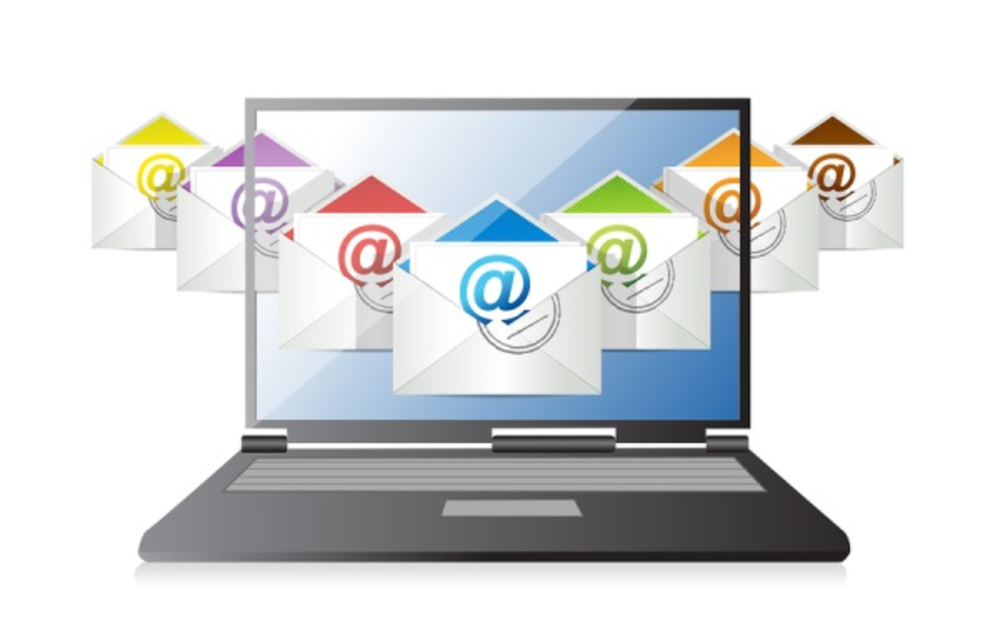Marketers need to be black and white about the value of an email message. And there’s no better place to do that than in the subject line. In fact, a new study from email marketing agency Alchemy Worx reveals which words are more likely to prompt an open—and which ones simply turn readers off.
The study shows that “a single word can make a dramatic difference,” said Dela Quist, founder and CEO of Alchemy Worx, in a written release. But Quist and his team insist that even prolific testing methods, like A/B testing, aren’t enough to determine which words work the best and which fall flat. They point out that these popular methods, including A/B and multivariate testing, allow marketers to experiment with only a few subject lines at a time.
In this study, however, strategists at Alchemy Worx used their tool, Touchstone, to search a database of more than 21 billion emails to compare and cull the best and worst performing words in the subject line. The agency looked at the top and bottom words overall, and then sorted for varying industries. They determined exactly how much better, or worse, these words performed compared to average email open rates. The study even examined the best- and worst-performing symbols in the email subject line.
The findings are interesting.
The top five words that brands can use to prompt more opens are: “upgrade” (65% higher open rate), “just” (64%), “content” (59%), “go” (55%), and “wonderful” (55%). Those are the top five words overall.
|
Word |
Open Rate (vs Average) |
Rank |
|
Upgrade |
65.68% |
1 |
|
Just |
64.76% |
2 |
|
Content |
59.05% |
3 |
|
Go |
55.84% |
4 |
|
Wonderful |
55.10% |
5 |
Things shift dramatically, however, when you zero in on separate industries. The top word for the entertainment industry, for example, is “content”—perhaps not a surprise. Readers expect a plethora of content from publishers and media companies.
For retailers, however, the top words are “painting” (18%), “ships” (13%), “please” (7%), “notice” (6%), and “recipe” (5%). The top word in the travel industry is “about” (26%), consumer services is “wonderful” (55%), and for the technology industry, “upgrade” (66%).
Equally as interesting are the overall worst-performing words: “miss” (-4.6%), “deals!” (-4.38%), “groovy” (-4.26%), “conditions” (-4.04%), and “Friday!” (-4%). “Monday,” ironically, is the worst performing word for the media industry; “groovy” (-4.3%) is the worst for retailers.
Worst Performing Words
|
Word |
Open Rate (vs Average) |
|
Miss |
-4.60% |
|
Deals! |
-4.38% |
|
Groovy |
-4.26% |
|
Conditions |
-4.04% |
|
Friday! |
-4.00% |
Symbols and emojis are becoming more common in email subject lines. The best-performing symbol is a snowman (65%), followed by an emoji of the sun (21%), and a star (11%). The worst symbol is a human figure pointing to the right (-9.52%).
Obviously, each business has to determine what’s best for itself and its customers. But whether email marketers follow these findings or not, they need to “look at the finer details,” said Alchemy Worx’s Quist in the release. He suggests that as marketers craft their email campaigns they remember this: “The subject line is the most important part of an email…By looking at the finer details, such as the best and worst words to use within the subject lines, [we] can manage campaigns to ensure they achieve the best click-through rates and conversions.”








